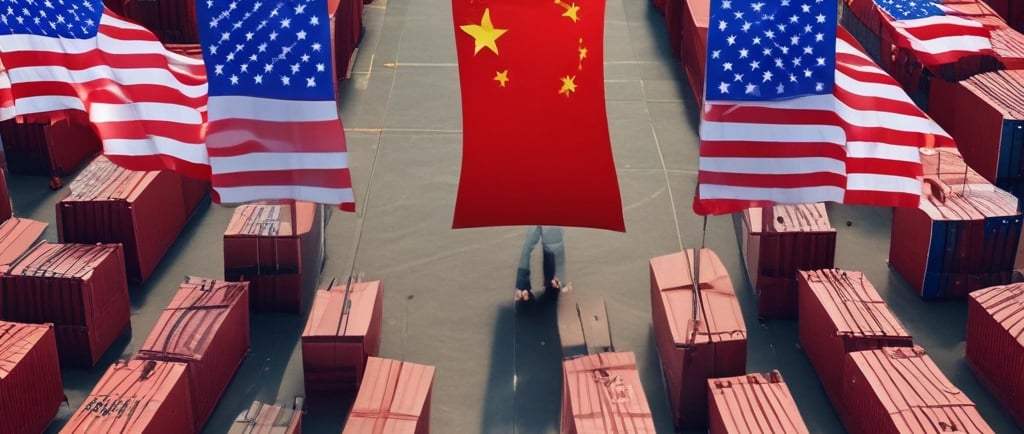The US-China Trade War
The US-China Trade War
BISNES
4/7/20251 min read


1. The US-China Trade War (2018 - 2020)
Background:
In 2018, President Donald Trump launched a trade war against China by imposing high tariffs on hundreds of billions of dollars worth of Chinese imports. The move was intended to protect US industries and address what the US considered unfair trade practices by China.
Impact on the Global Economy:
✅ On the United States:
Higher Consumer Prices: US consumers had to pay more for everyday goods like electronics, clothing, and food.
Agriculture Sector Hit Hard: China retaliated by halting purchases of US agricultural products (like soybeans). Many US farmers suffered, and the government had to provide financial aid.
Mild Inflation & Market Uncertainty: The US stock market became unstable. Many companies found it difficult to plan long-term investments.
✅ On China:
Slower Economic Growth: Chinese exports to the US declined, affecting many factories and resulting in job losses.
Market Diversification: China shifted its focus to other markets such as ASEAN, Africa, and Europe to reduce dependency on the US.
✅ On Other Countries:
New Opportunities: Countries like Vietnam, India, and Mexico benefited as US and Chinese companies relocated production to avoid tariffs.
Global Disruption: Market uncertainty made investors cautious. Countries dependent on global trade also felt the impact.
2. US Tariffs on the Automotive Industry (Europe & Japan)
Background:
The Trump administration also threatened to impose tariffs on imported cars from the European Union and Japan, citing national security concerns.
Impact:
Strain on the Automotive Industry: Imported cars became more expensive, affecting sales and potentially leading to job losses in the sector.
Pressure on Trade Partners: Europe and Japan had to consider renegotiating trade agreements to avoid tariffs.
Domino Effect: Countries that supply car parts (like Malaysia and Thailand) were also affected due to reduced global demand.
Conclusion:
Tariffs don’t just impact the two countries involved—they disrupt global supply chains and affect the entire world economy. In an interconnected world, protectionist moves like tariffs can lead to imbalances and long-term instability.
